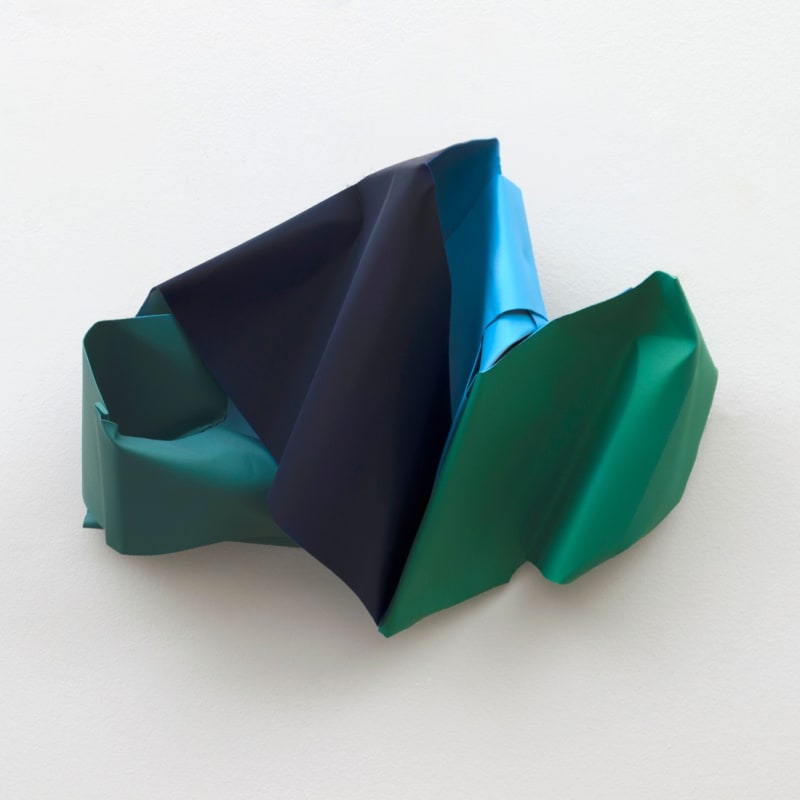Burnier's folded and compressed forms retain a history of their own becoming – the colors of ancient African, Mediterranean and Mesopotamian objects yield inspiration. But the work has its demands, a communion of what is within and without, to understand this sovereignty, this being. For the past might be as different from now as we expect of the future, and we are the arch on the shifting ground between. L. L. Zamenhof’s utopian language of Esperanto, a bridge from existing linguistic traditions, resonates through the titles of the work. A universality without erasure, a reconstruction without a blank slate
